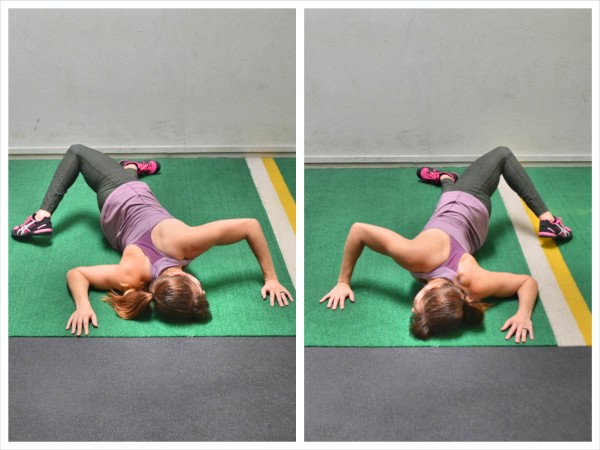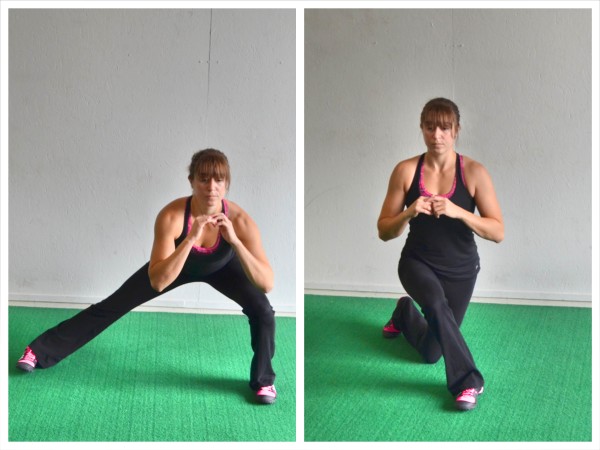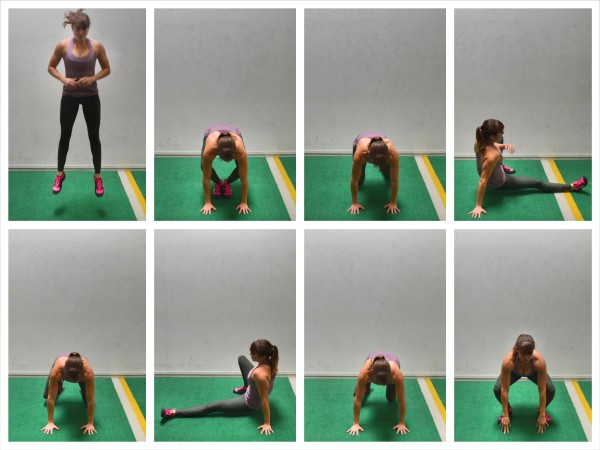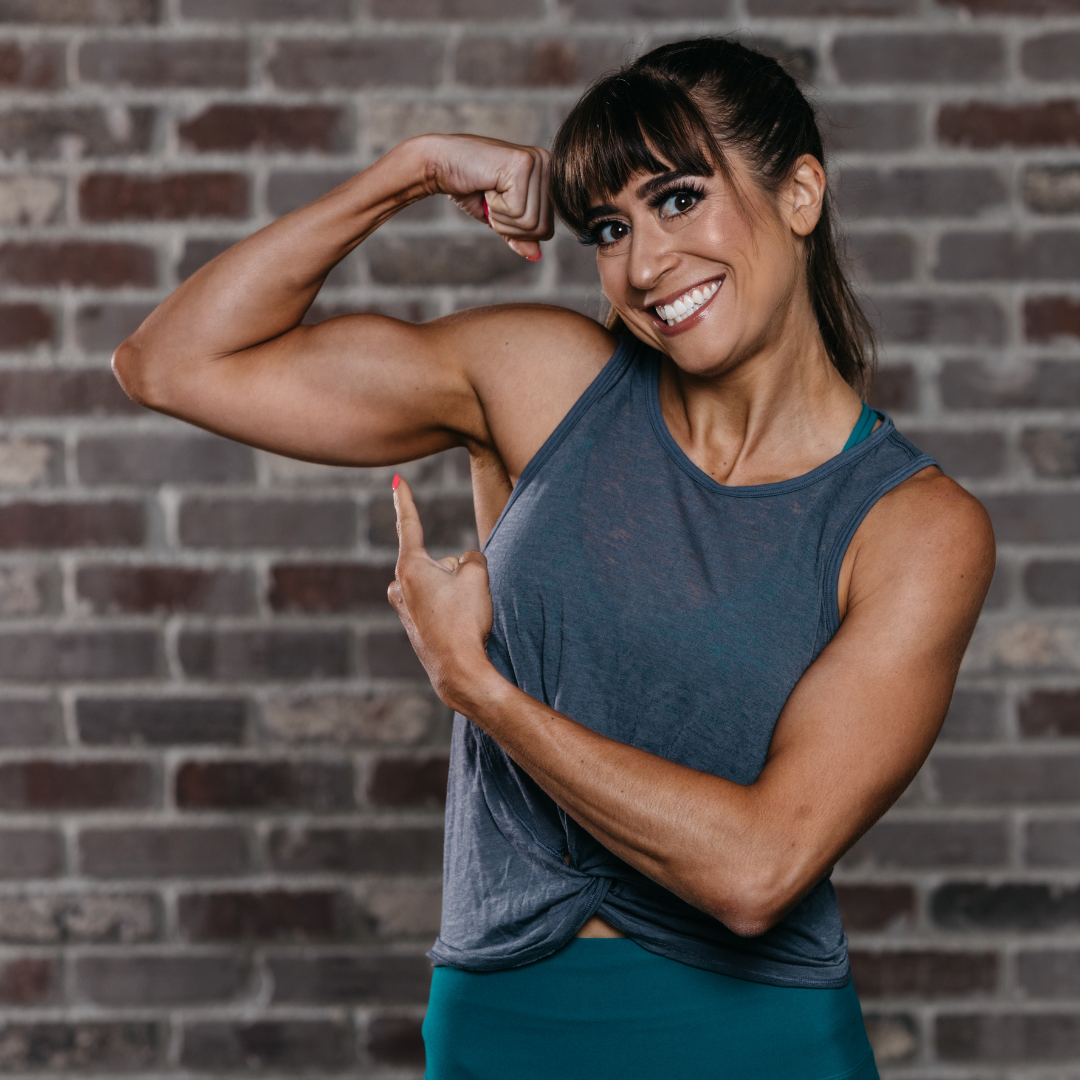
by Cori Lefkowith | Nov 23, 2015
ROLL OUT Wrists/Forearms Chest Shoulders/Traps/Upper Back Lats Thoracic Extension (Below in the Exercise Descriptions are some basic moves for the areas.) STRETCH 10 reps Wrist Extension 10 reps Wrist Flexion 10 reps Kneeling Thoracic Extension and Lat Stretch 10 reps...

by Cori Lefkowith | Nov 22, 2015
This content is for members only

by Cori Lefkowith | Nov 21, 2015
This content is for members only

by Cori Lefkowith | Nov 21, 2015
Cottage Cheese Pancakes CALORIES GRAMS PROTEIN GRAMS CARBS GRAMS FAT Servings 2 Ingredients 1/2 cup oatmeal 1/2 cup cottage cheese 1 tsp. vanilla 4 egg whites 1/2 banana Sprinkle of cinnamon and even nutmeg For topping: 1 tbsp. natural peanut butter 1/2 banana OR 1/4...

by Cori Lefkowith | Nov 21, 2015
This content is for members only






